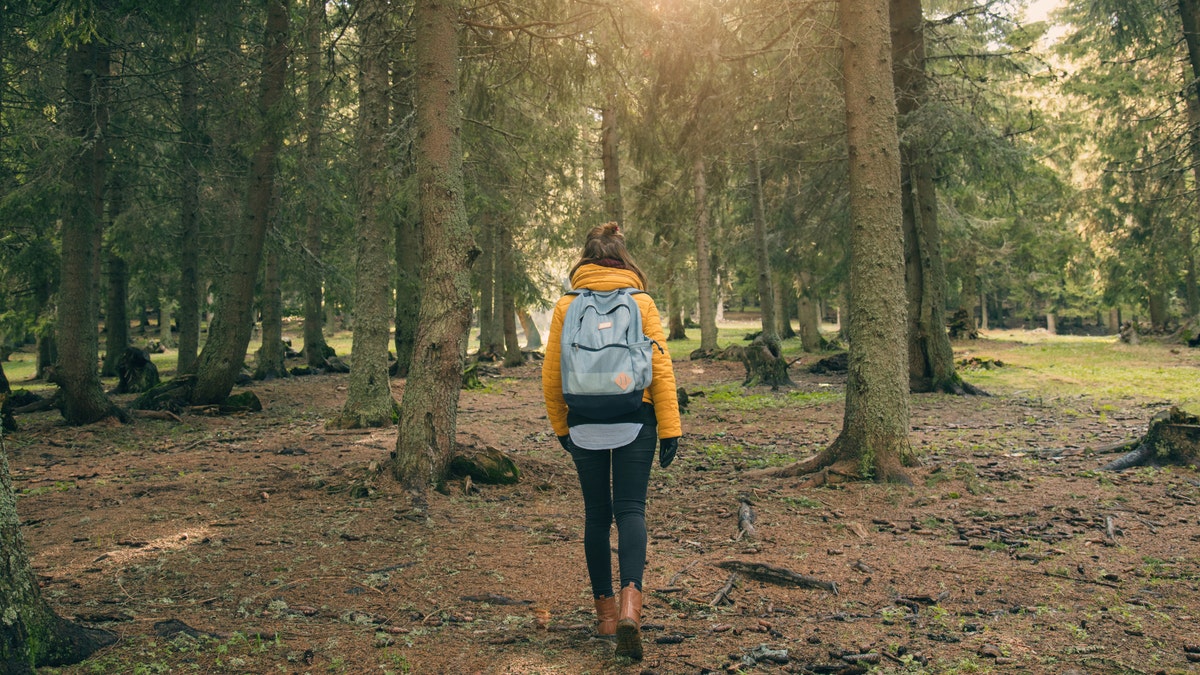
A new report shows what you should — and what you definitely should not — do. (iStock)
People who love the outdoors flock to the country’s many national parks, forests, and wilderness areas every year. And while camping, climbing, or hiking through the forests can make for an amazing trip, experienced outdoor adventurers know there are certain things you should know before you go.
Researchers at SmokyMountains.com analyzed more than 100 reports of people who got lost in the wilderness to determine how to increase the odds of quickly getting back to safety. The report shows what you should — and what you definitely should not — do. Here are the biggest mistakes hikers make.
Not Sharing Their Itinerary
First of all, share an itinerary (including maps, trip plans, check-in times) with people you trust. That way, if you do get lost, staying where you are will give you a better chance of survival.
More From Travel + Leisure
Wandering to Look for Help
The study found that in 65 percent of the reports, the people kept moving. However, staying in a familiar area will not only increase the odds that search and rescue teams will find you, but also prevent injury and additional confusion about your location. While you shouldn't wander, if there's a nearby clearing or place with a cell signal, moving there will also increase your chances of making it to safety.
Not Packing Bright Clothing
Just because you shouldn't wander doesn't mean you can't do anything to get help. Packing and using brightly colored tarps and clothing or mirrors can help attract attention, as can bringing a whistle. If you're able to make a fire (which is only a good idea in an area where quickly spreading wildfires aren't a threat), you can use green plants to create a smoke signal.
Not Knowing When to Keep Moving
And if you didn’t leave behind a plan with someone? In that case, you actually should keep moving, according to the study. “Self-rescue” can be the best way to make your way out of the woods, especially where there's no cell signal.
More often than not, a lack of preparation is where problems start. So plan your trip carefully, use a reliable map or navigation app (or both), and bring high-quality hiking gear and you can explore nature without worry.




















